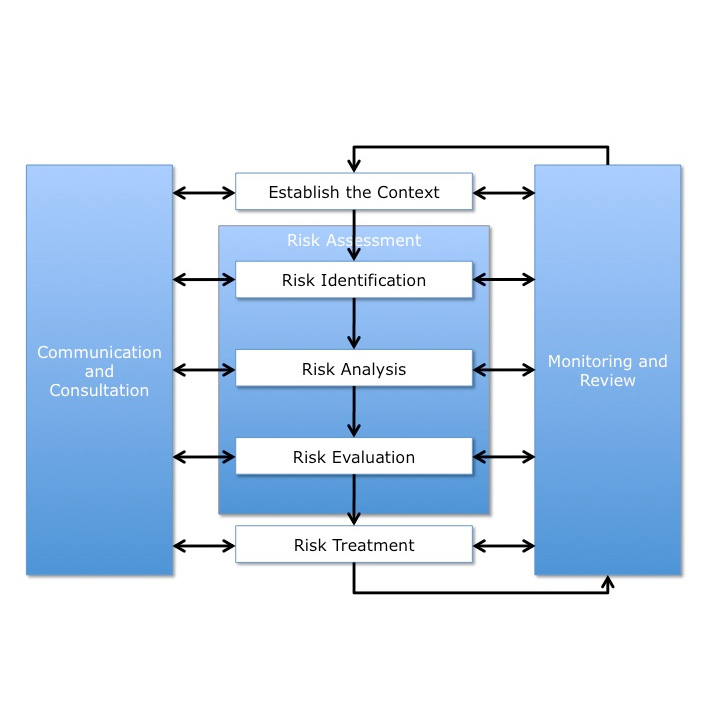“It’s not what you don’t know that gets you into trouble. It’s what you know for sure that just ain’t so.”
– Mark Twain
Overcoming Optimism and the Uniqueness Trap in Infrastructure Projects
Cities routinely invest in roads, libraries, water systems, drainage, and other infrastructure to improve communities. Too often, however, these capital projects run over budget or behind schedule, eroding trust and straining municipal finances. A major culprit is bias in planning and budgeting. Optimism bias makes project teams overly confident – assuming things will go better than is realistic – while uniqueness bias leads leaders to believe their project is completely unique, so they ignore lessons from past projects. Together, these biases result in unrealistically low budgets and schedules. To improve outcomes, civic leaders and construction professionals must recognize these pitfalls and adopt an “outside view” – a data-driven forecasting approach – to counteract them and restore public confidence.
The Impact of Optimism Bias and Uniqueness Bias
Optimism bias is the tendency to view future events with unwarranted optimism. In practice, this leads planners to underestimate costs and timelines – believing a highway project will face no major delays even if past projects did. As a result, cost overruns are common; studies show major public works often exceed initial estimates by 20% or more.
Uniqueness bias is the belief that a project is “one of a kind.” This mindset leads managers to dismiss historical data, assuming no previous project is relevant to their plan. The danger is they then underestimate risk, thinking there’s nothing to learn from other projects. One study found that projects rated highly unique had roughly 45% higher cost overruns than more routine projects. Clearly, treating a project as completely unique invites over-optimistic planning and surprises down the line.
Taking the Outside View: Reference Class Forecasting
To counter these biases, planners should take an “outside view” when forecasting. The primary tool for this is reference class forecasting (RCF) – it uses actual outcomes from a “reference class” of similar projects to ground estimates, rather than relying on inside guesses. By focusing on real outcomes, RCF effectively bypasses the usual optimism and uniqueness biases. This method has been shown to produce much more accurate forecasts than traditional inside-view methods. RCF is already being used in practice – it has been applied to major projects since the mid-2000s – and organizations like the American Planning Association endorse it for more reliable planning. Armed with historical data, planners can also determine appropriate contingencies: if similar projects typically ran 10% over budget, the new project can plan for that. Forecasts grounded in facts are more credible and transparent, making it easier to hold project teams accountable to realistic targets.
Practical Steps to Improve Capital Project Planning
Municipal officials and construction leaders can apply these insights through a few key practices:
- Use Reference Class Forecasting and Contingencies: Study similar past projects and use their actual outcomes to inform your estimates. This outside-view analysis reveals what contingency is needed – if comparable projects averaged 15% over budget, include a roughly 15% “optimism bias uplift” in the new project’s budget. Never rely on gut feeling or one-off assumptions. Grounding plans in data makes initial budgets far more credible.
- Do Premortems to Uncover Risks: Before finalizing a project plan, conduct a premortem – assume the project has failed and work backward to pinpoint possible causes. This “prospective hindsight” exercise can expose hidden weaknesses. Studies suggest premortems can improve foresight by up to 30% – an opportunity to fix problems before they lead to failure.
- Emphasize Transparency and Accountability: Be open about how estimates are made and how projects are progressing. Tell stakeholders what past projects you based your estimates on – this manages expectations and builds trust. During execution, report progress against the plan and explain any deviations. Such transparency puts pressure on teams to forecast honestly and allows the public to hold leaders accountable, creating a feedback loop that improves planning and confidence.
Conclusion: Building Trust with Data-Driven Decisions
By addressing optimism and uniqueness biases head-on, municipalities can achieve much more reliable outcomes in their capital improvement programs. Taking the outside view leads to more realistic budgets and schedules, which in turn promotes accountability as officials deliver projects closer to expectations. Embracing transparency and data-driven decisions also strengthens public trust. Planning with clear-eyed realism is not pessimism – it is responsible stewardship of public funds, ensuring projects are delivered as promised and confidence in infrastructure is restored.
At Front Line Advisory Group, we are pioneers in Capital Improvement Bond Management, leveraging unparalleled expertise and deep industry insights. Our mission extends beyond consultation – we empower our clients to realize the full potential of their investments, ensuring tax dollars are put to maximum use through astute Program Management Consulting. For more information or to commence your journey towards transformative bond management, reach out to us at Info FLAG
Bibliography
Flyvbjerg, Bent. Getting Risks Right: Understanding and Improving Risk Management in Major Projects. Oxford Review of Economic Policy, Volume 32, Issue 3, 2016, Pages 546–565.
Flyvbjerg, Bent. The Uniqueness Bias: A Barrier to Improving Infrastructure Performance. Saïd Business School Working Paper, University of Oxford, 2022.













